Spring Pruning: A Cut Above The Rest
As the momentum of spring cleanup carries us into the start of the gardening season, pruning is a major factor to consider. Pruning in the earliest part of the spring helps get shrubs and trees off to a strong start for the summer. There are various factors that make it a prime time to prune in the spring. Let's explore a few of them!
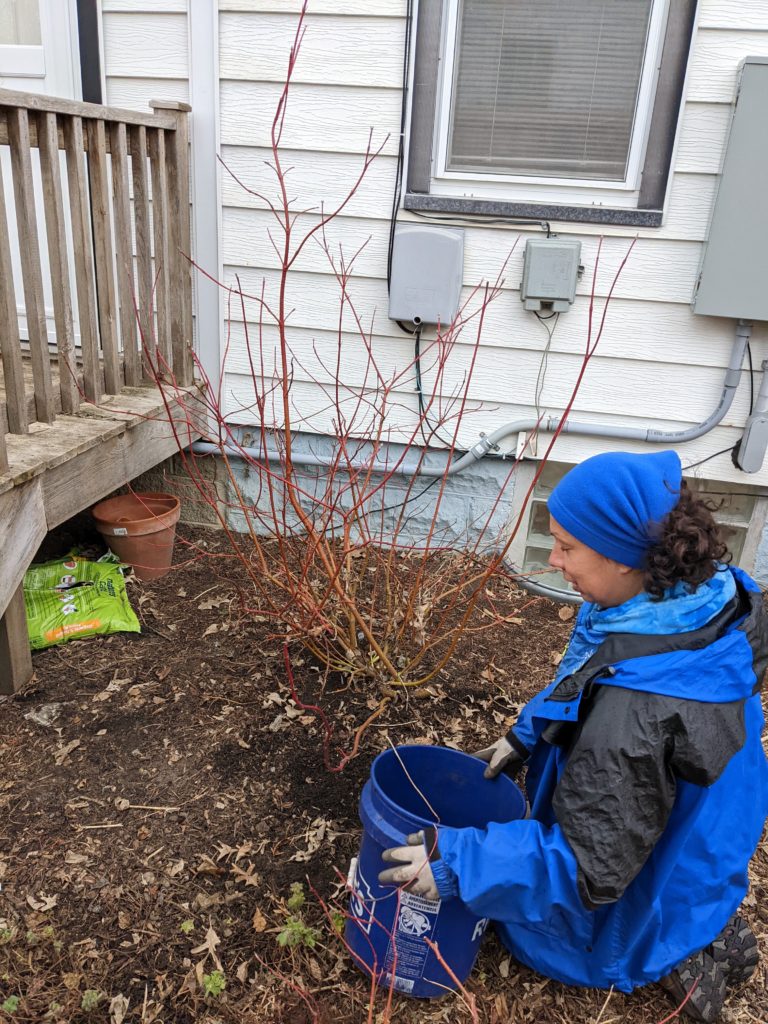
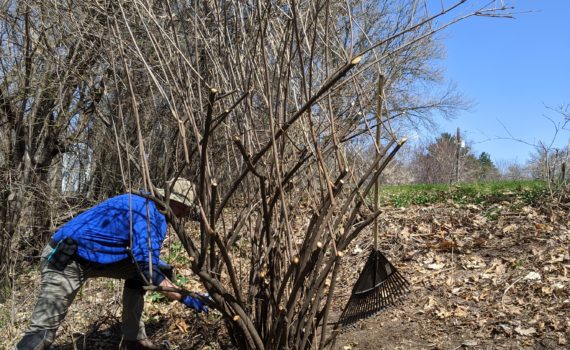
Free from Foliage
A major benefit of pruning in early spring is the lack of leaves to obscure the view. Being able to see the overall structure of the shrub makes it easier to identify any problem areas, including crossing or rubbing branches, areas of damage, or broken limbs. No foliage also makes it easier to clean up after pruning, as well as reduces the overall volume of debris.
The Early Pruner Avoids Disease
An important consideration when pruning or performing any cuts on a shrub or tree is the presence or viability of diseases in the environment. Certain diseases and pests are only active during certain times of the year, often depending on the average overnight temperatures to become active. By pruning early in the season when the temperatures are still low, you can avoid many pests or diseases that become more prevalent later in the season. When shrubs are still in their dormancy (the period during winter when consistently low temperatures reduce or halt metabolic processes temporarily) pruning will cause less stress to the plant.
This can also work the opposite, as some plants can experience damage from low temperatures immediately after pruning, such as roses and evergreens.
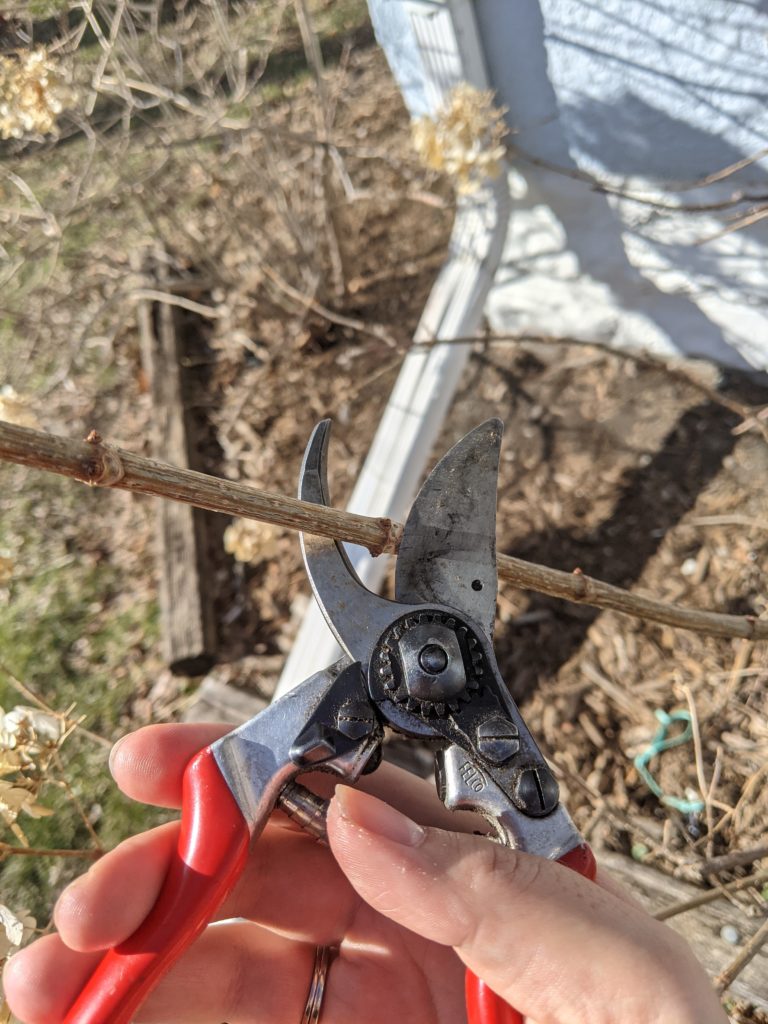
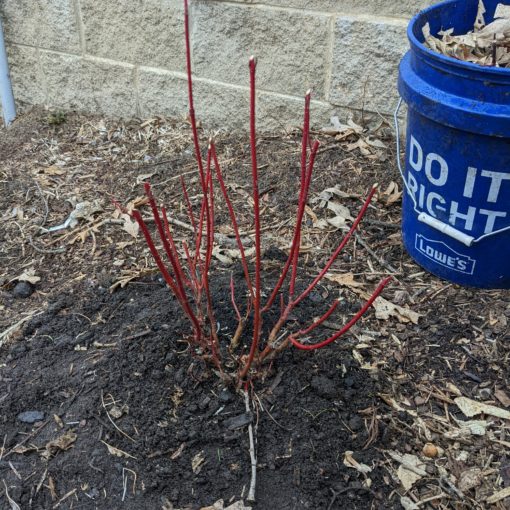
Time is on my side!
A final primary benefit of early spring pruning is setting up the shrubs for a productive summer. Pruning before or as active growth takes off for the season promotes healthy shape, attractive new growth in the case of red twig dogwoods or dappled willows, and the setting of flower buds.
To Thine Own Self be Pruned!
It is essential to note that early spring pruning is only recommended for certain shrubs. An easy way to determine whether a shrub could benefit from early spring pruning is to note when it flowers and if it has any particular sensitivity to freezing.
Lilacs, for example, shouldn't be pruned in the spring as their flower buds are waiting to bloom in a few short weeks!
Additionally, evergreens like yews, junipers, and others shouldn't be pruned very early in the spring as they can suffer frost damage if the temperatures take a plunge (which we know they will!)
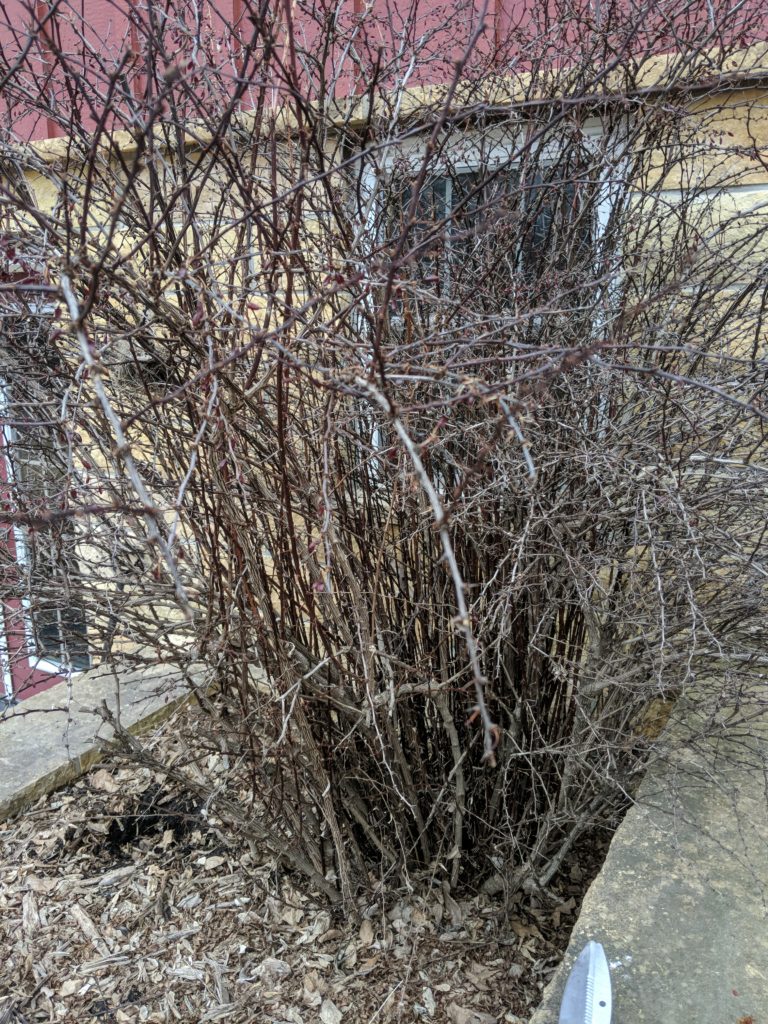
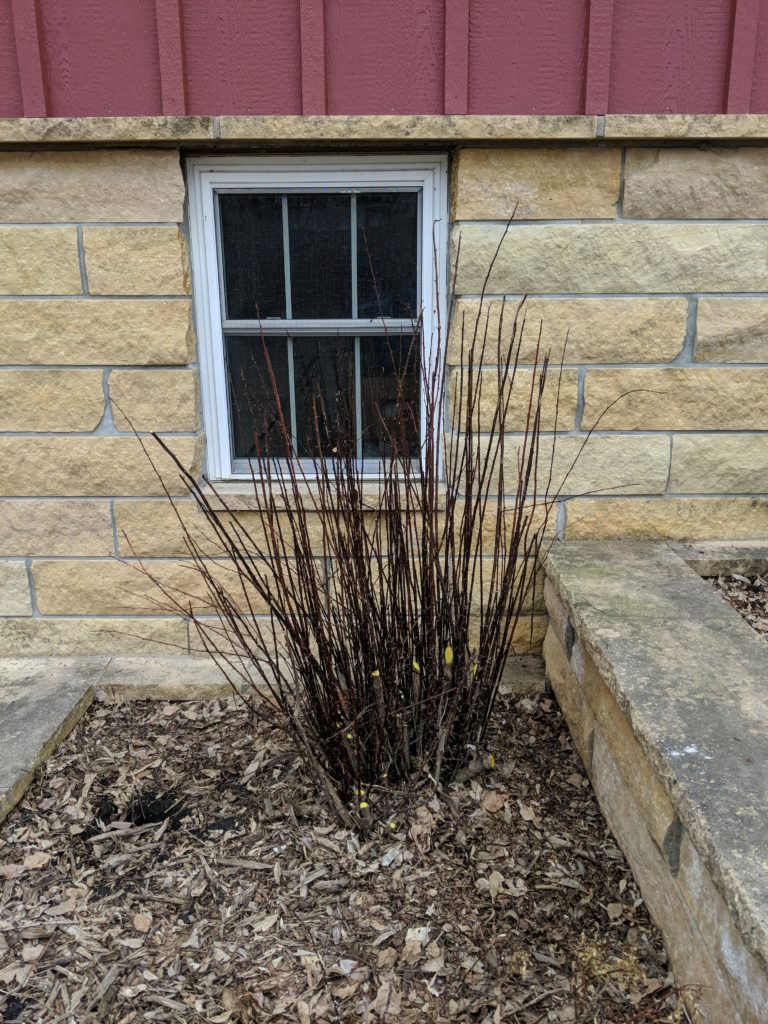

Dormant vs Spring Pruning
When considering when to prune shrubs and small trees, some other factors influence when is best. For certain shrubs, it is best to prune them when dormant. For our company, we also want to balance the volume of work that needs to be done in Spring to make it sustainable for our crews during the difficult weather and workload at the beginning of the season. For this reason, we may recommend Dormant pruning, especially if your property is larger, has a high volume of shrubs ideally pruned in dormancy, or is more involved with Spring Clean Up tasks. If the shrubs or trees are relatively small and may be covered by snow, or are specific plants that require winter protection, be it from cold or critter damage, then it is best to prune them after they've been uncovered in the spring.
By knocking out pruning early in the season, you are setting yourself and your shrubs up for a productive and beautiful season!
